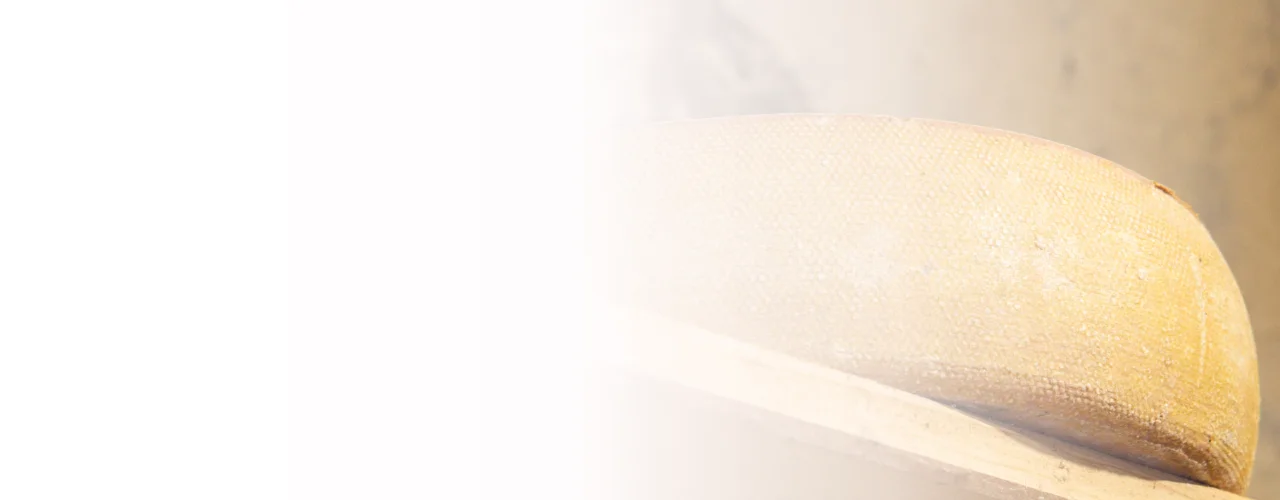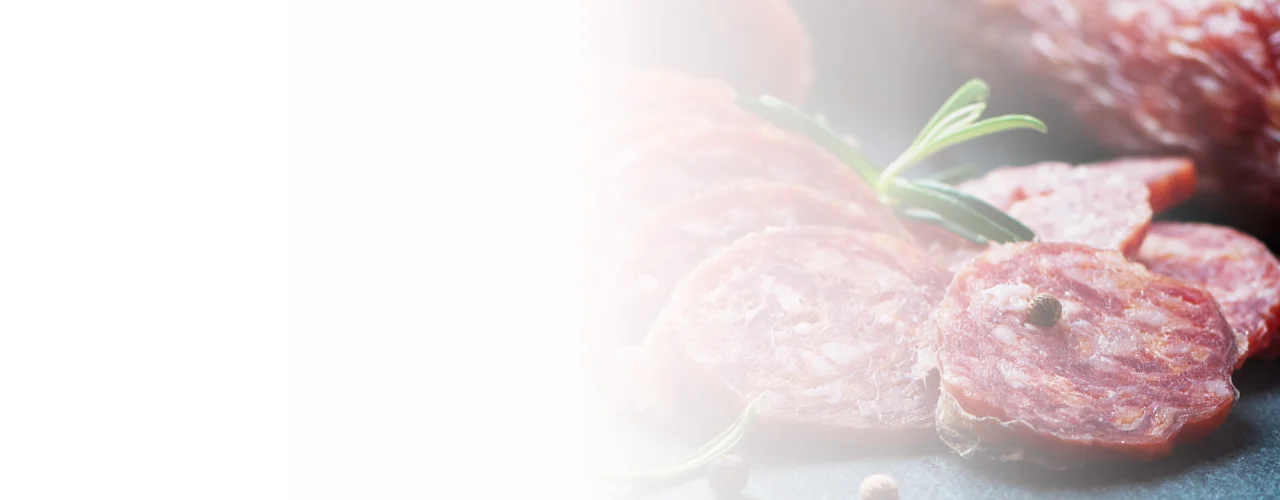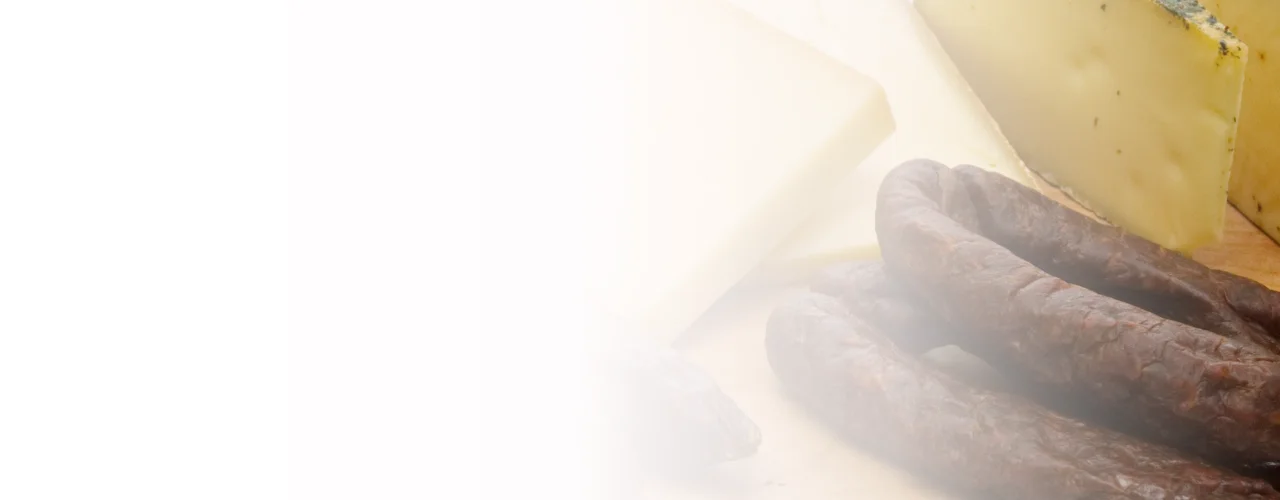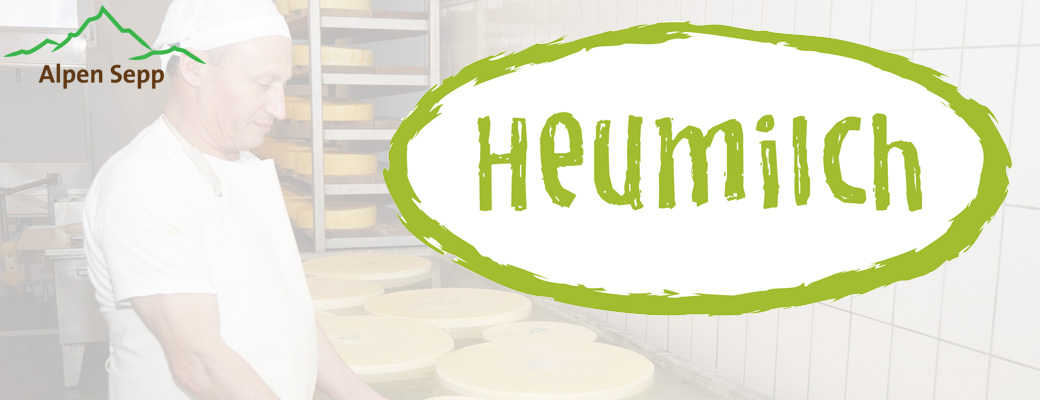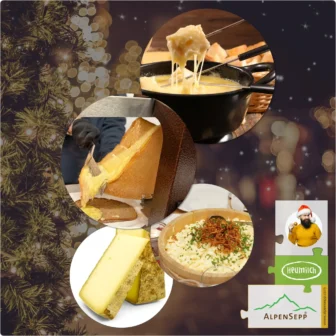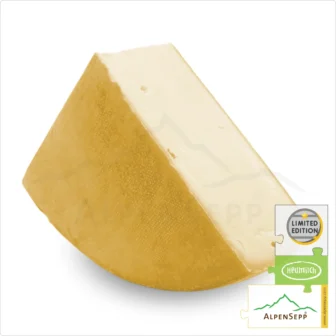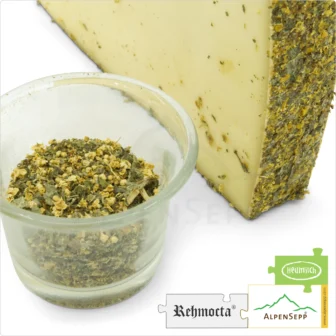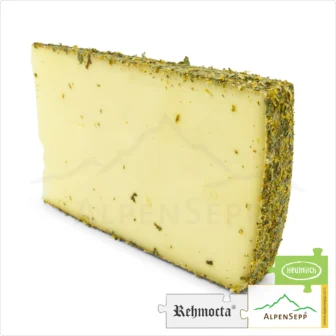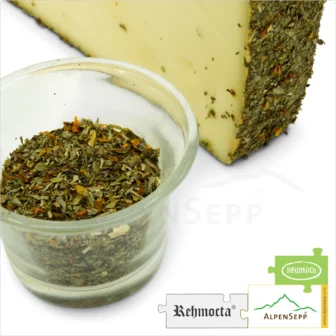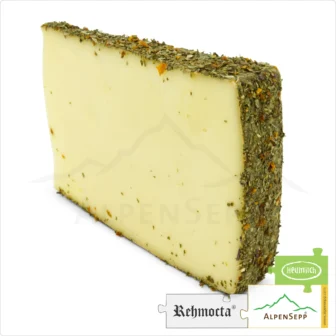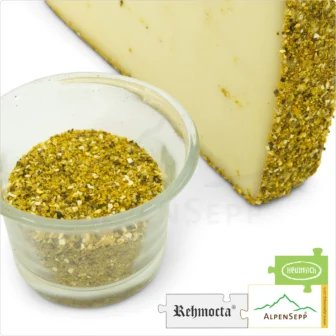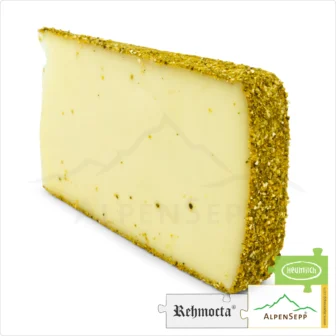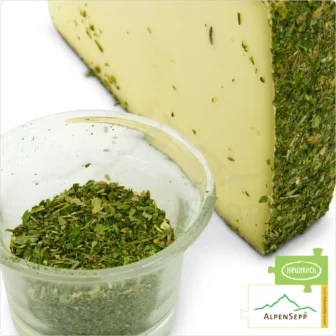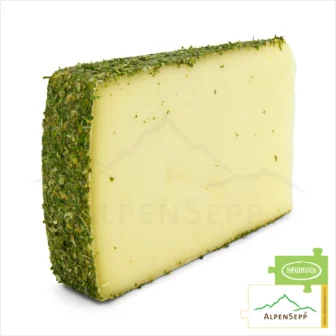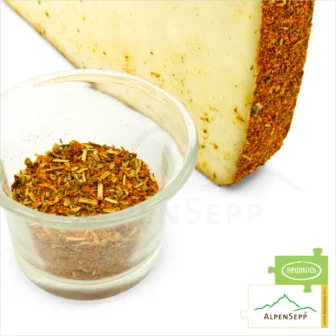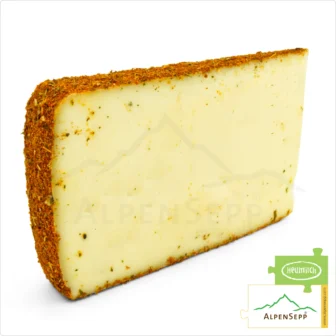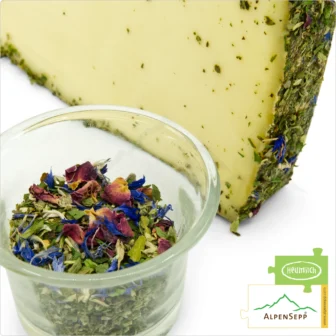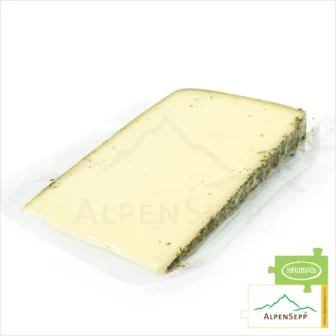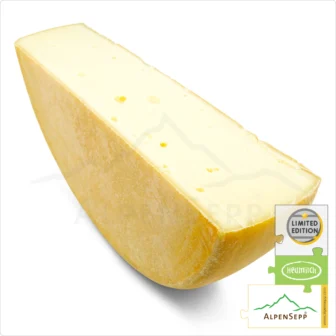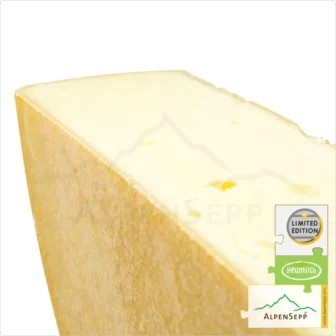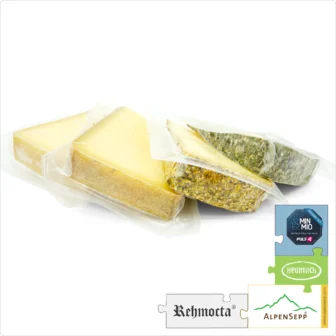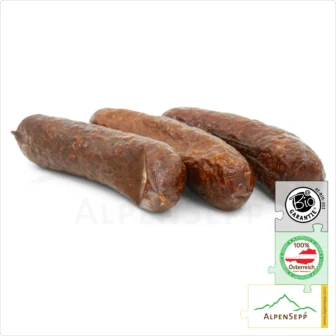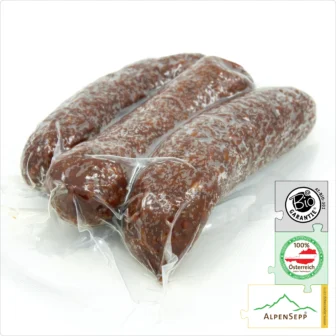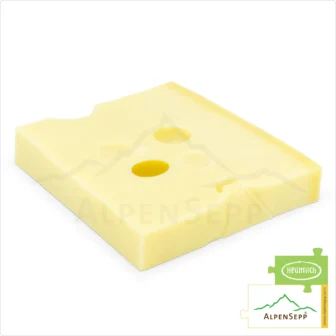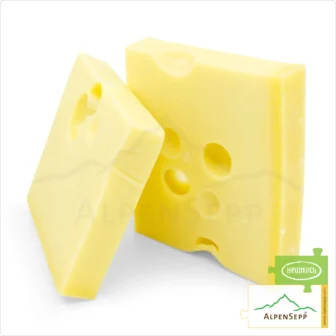From the Alpine Dairy, News
Due to many customer questions: Austrian hay milk regulations – regulations for silage-free milk
Austrian hay milk regulatory – regulations for silage-free milk
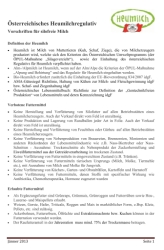
Regulations, January 2013
Definition of hay milk
- Hay milkHay milk comes from cows that are fed exclusively with fresh grassland feed, hay and little grain. » More info is milkCheese milk is the milk intended for the production of cheese, also with the concomitant use of buttermilk products, cream products, sweet whey, sour whey and whey cream (whey cream) » More info from mother animals (cow, sheep, goat), which is produced by milk producers who have committed themselves to the criteria of the Austrian Environmental Programme (the ÖPUL measure “silage renunciation”), as well as to compliance with the Austrian regulations for hay milk.
- Alm-/Alpmilch is hay milk if the criteria of the ÖPUL-measure “cows at alps and shepherd” and the Regulativ for hay milk are observed on the alps..
- Organic hay milk also requires compliance with EU Organic Regulation 834/2007 and 2008 as amended.
- AMA Quality Seal Directive, keeping of cows for milk and meat production as amended or sheep and goat keeping as amended
- Österreichisches Lebensmittelbuch: Directive on the definition and labelling of the “GMO-free production” of foodstuffs as amended
Haymilk – Prohibited feedingstuffs
- No production and feeding of silageHealthy hay milk comes from cows that are fed exclusively on fresh grassland feed, hay and grain. » More info fodder on all premises of a hay milk producer. Sale directly from the field is also prohibited.
- No production and storage of round bales of any kind in foil. Sale directly from the field is also prohibited.
- No production and feeding of wet hay or fermenting hay on all the premises of a hay milk producer.
- No feeding of by-products from breweries, distilleries, must plants and other residues of the food industry such as wet brewer’s grains or wet slices – exception: dry slices as a by-product of sugarPeople with lactose intolerance can not or only insufficiently digest milk sugar (lactose or lactose). » More info production and proteinCasein is a constituent of the protein (protein) of cow's milk, which is obtained for cheese production. » More info animal feed from grain processing in dry condition.
- No feeding of feed in soaked condition (e.g. watering).
- No feeding of feedingstuffs of animal originProtection of origin or protection of origin are statutory regulations. » More info (milk, wheyWhey is the watery greenish-yellow liquid that results from cheese making. » More info, meat-and-bone meal etc.), with the exception of milk and whey for young cattle.
- No feeding of kitchen, garden and fruit waste, potatoes and urea.
- No feeding of feedingstuffs to which substances with a specific effect such as antibiotics, chemotherapeutics, hormones have been added.
Haymilk – Permitted feedingstuffs
- Green rape, green maize, green rye and fodder beet as well as hay, lucerne and maize pellets are permitted as supplementary fodder.
- Wheat, barley, oats, triticale, rye and maize in commercially available forms, e.g. bran, pellets, etc. are permitted.
- Field beans, feed peas, oil fruits and extraction meal or cake can be used in the feed ration.
- The proportion of roughage in the annual ration must be at least 75% of the dry matterThe dry matter refers to that portion of the cheese that remains after removal of the water contained. The more water is removed from the cheese, the lower its dry matter and vice versa. » More info.
Hay milk – fertilization regulations
- No spreading of sewage sludge, sewage sludge products from municipal treatment plants on all agricultural areas of the milk supplier.
- A minimum waiting periodThe milk period is also called the lactation period. It is the time when farm animals such as cows, sheep or goats keep milk for milk production. » More info of 3 weeks must be observed between application of manure and use on all forage areas of the milk supplier.
- Compost with green waste, shrub waste and organic waste can be spread if the compost producer participates in a qualityDetecting cheese defects and quality - on the cheese dough. Recognizing cheese defects requires some practice. » More info assurance system and is certified to do so. At least the compost quality A is a prerequisite.
Hay milk – use of chemical additives
- Only selective use of chemically synthetic pesticides under the expert guidance of agricultural advisors and point control on all forage areas of the milk supplier possible.
- The use of approved sprays for fly control in dairy cattle stables is only permitted in the absence of the mother animals.
- The use of udder disinfectants must be carried out in a form that reliably excludes contamination of the milk transfer into the milk.
Hay milk – delivery bans
- Delivery after calving at the earliest on the 10th day after calving.
- Delivery of milk from mother animals after treatment with medication before expiry of the waiting period.
- In the case of udder treatment with antibiotics or similar active substances, the milk may not be delivered before the waiting period has expired at the earliest.
- In the case of cows fed silage, a waiting period of at least 14 days must be observed.
- AlpineThe Vorarlberger Bergkäse (mountain cheese) is a regional cheese specialty from the Austrian province Vorarlberg. » More info animals fed with silage on the homeRipened cheese likes it cool and moist. The best is a temperature of about 8-10 ° C at about 90% humidity. » More info farm must either be converted to silo-free feeding 14 days before the alpine pastureHere in Austria, we call our fresh, natural milk for our cheese production hay milk (hay mild standard) - in Germany it is different. » More info is raised or the milk can only be used as hay milk after 14 days on the alpine pasture.











